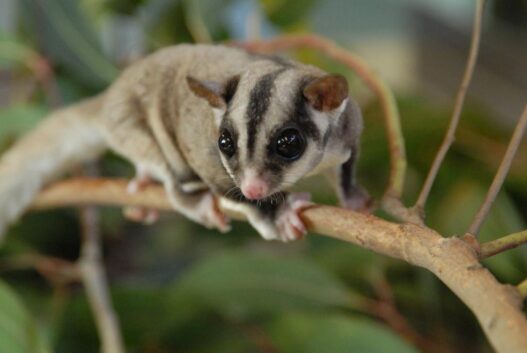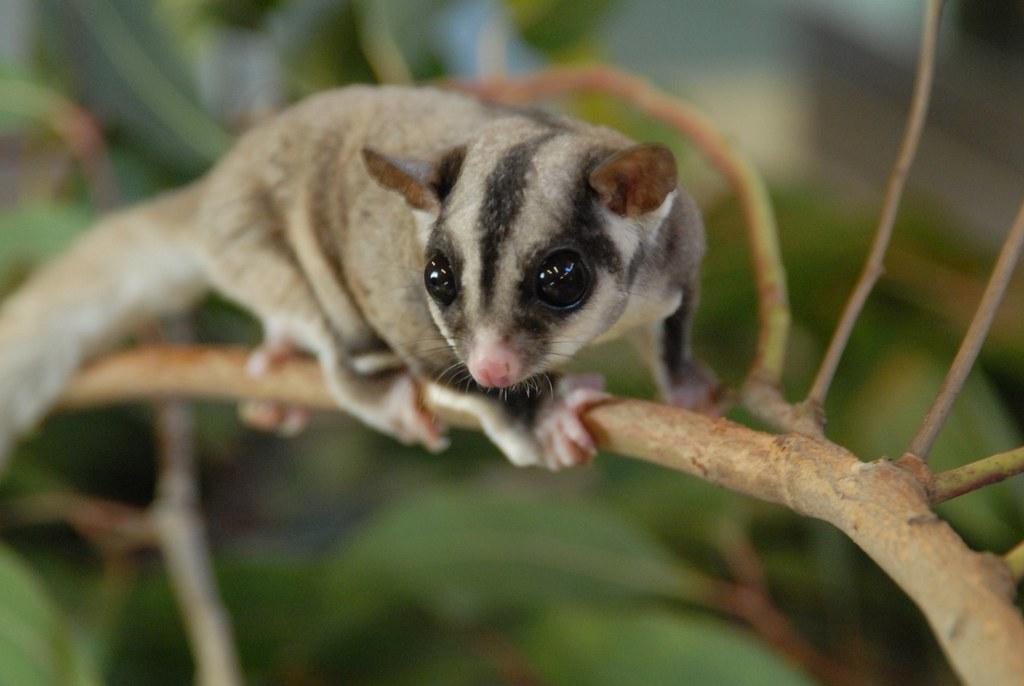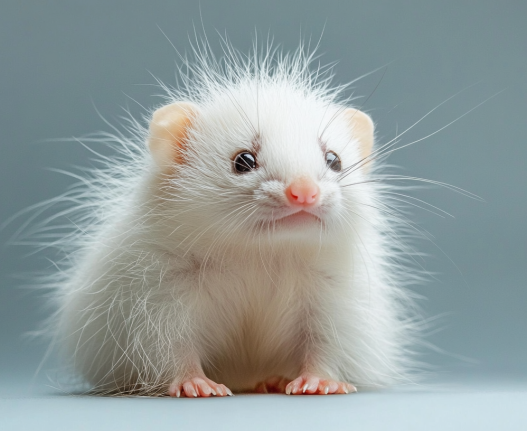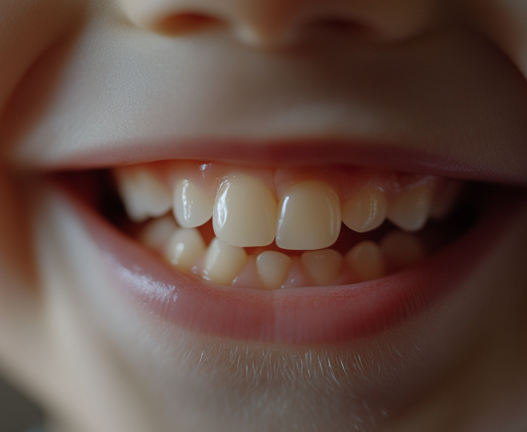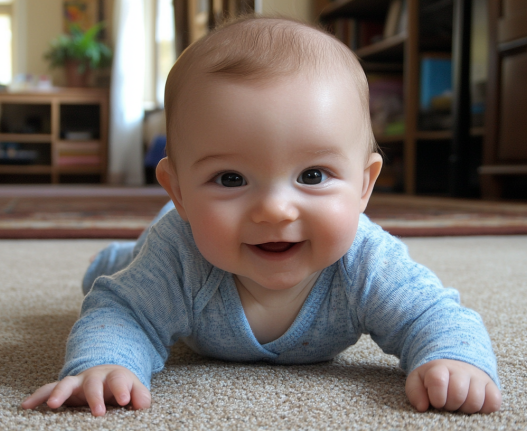Sugar gliders are lively little marsupials that love to cuddle, but they require special care.
Are Sugar Gliders Good Pets?
Sugar gliders need a large, multi-level living space, with the height being greater than the width so they can jump and glide freely. If you can’t keep a cat or a dog, a sugar glider might be the perfect pet for you, especially if you prefer something more interactive than a stick insect or a pet tarantula.
These small marsupials originate from the forests of Papua New Guinea, Indonesia, and Australia and grow to about the size of the palm of your hand. Generally, sugar gliders are healthy, sturdy little animals with few health problems. In captivity, they can live up to 14 years.
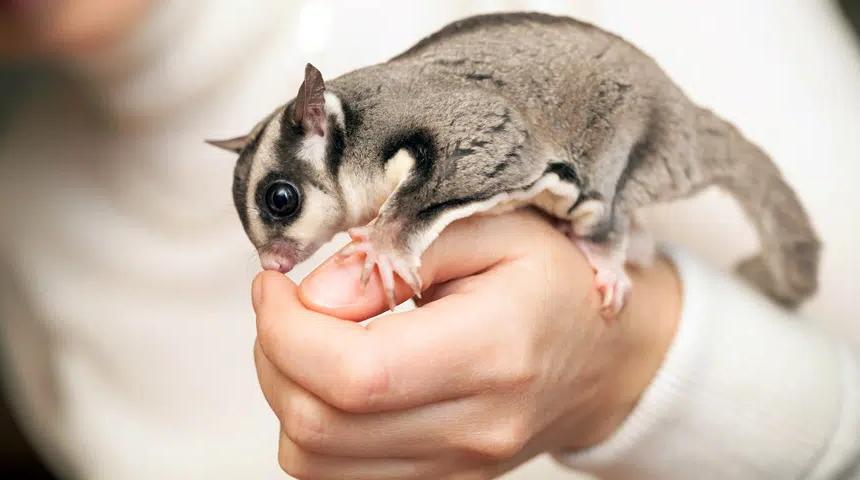
The Sugar Glider Controversy
There has been an ongoing debate for years about whether sugar gliders should be kept as pets. Part of the issue lies in the fact that many of these animals are illegally taken from their natural habitats and sold on the black market. Wild-caught animals often bring problems, especially when sold to uninformed buyers.
Should You Get a Sugar Glider as a Pet?
Sugar gliders can make great pets, but they are not as easy to care for as hamsters or gerbils. Their care requirements are similar to that of a cat. Not only do you need to feed them, but you may also need to spend a significant amount of money to create an appropriate habitat for them. Sugar gliders are social creatures and need companionship.
Since sugar gliders live in groups in the wild, they should not be kept alone. It’s best to get a companion for your sugar glider. Same-sex pairs or small groups are ideal, as male sugar gliders can become aggressive and territorial if there is a female around.
In the United States, sugar gliders are considered exotic and rare animals, so they are not legal to own in every state.

The Charm of Sugar Gliders
With a sugar glider, you get a new friend in your shirt pocket. Curious, intelligent, and lively, they love to play with humans. They form close bonds with you and enjoy participating in fun activities. If you want to take your sociable companion out for a little adventure, they will happily snuggle up in your warm pocket.
Sugar gliders can climb almost any vertical surface just to leap down in their signature “gliding” posture, which looks almost like flying. They love to explore, so it’s important to supervise their activities and track their movements.
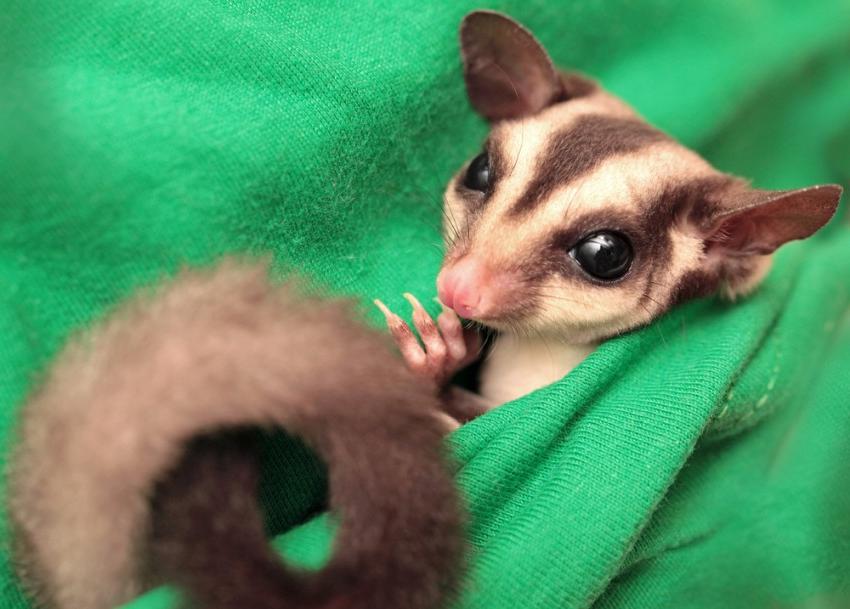
What Do Sugar Gliders Eat?
Sugar gliders are omnivores and eat a variety of foods, including vegetables, fruits, protein, insects, and common household foods like scrambled eggs, yogurt, nuts, and juice. You can also find specially formulated sugar glider food online.
Place several feeding stations in your sugar glider’s cage and make sure to change their water frequently. Sugar gliders can be quite competitive when it comes to food, so multiple feeding stations will help avoid potential issues between cage mates.
Sugar Glider: Ideal Habitat
Sugar gliders need a healthy and stimulating habitat, especially if they were previously wild animals. Be cautious when creating the perfect environment for your new pet. Keep the following advice in mind.
Sugar Glider Cage Size
Many people assume sugar gliders are small enough to be housed in a cage meant for hamsters or gerbils. However, sugar gliders need plenty of space to stay active and roam freely.
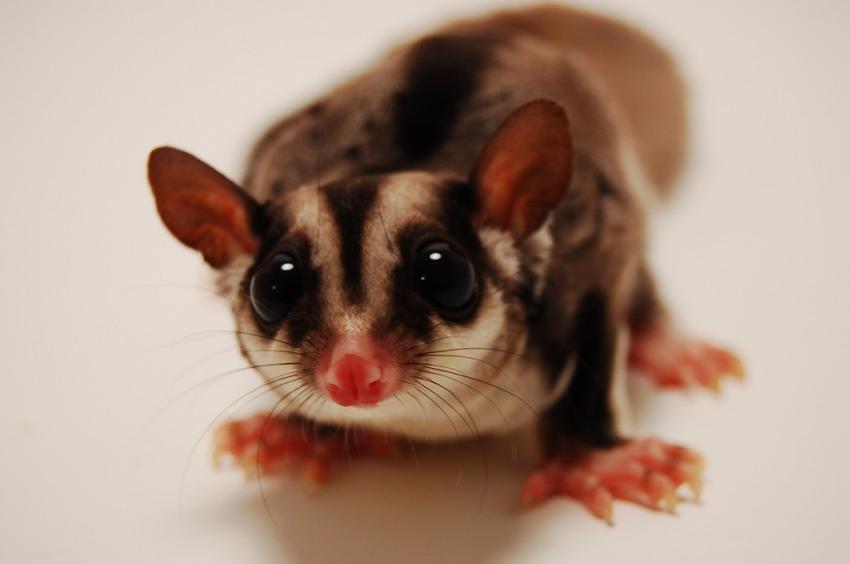
The minimum acceptable cage size for a sugar glider is 2 feet wide, 2 feet deep, and 3 feet high. This is the minimum; sugar gliders will be much happier in a larger area with fewer problems. If possible, create a larger habitat.
The spacing between the bars of the cage should not exceed ½ inch, as sugar gliders can squeeze through small gaps.
Never use uncoated wire mesh for the sugar glider’s cage. Their claws can get caught in the mesh, leading to serious injuries.
Where to Place the Sugar Glider’s Habitat
Sugar gliders are nocturnal, so their habitat should be placed in a location away from sunlight. Keep the area quiet and peaceful, and consider placing their cage on a high shelf or table.
Bedding for Sugar Gliders
In the wild, sugar gliders use hollow logs as nests. It’s best to provide a similar sleeping arrangement for your pet. A bird nest box from your local pet store can work perfectly for this.
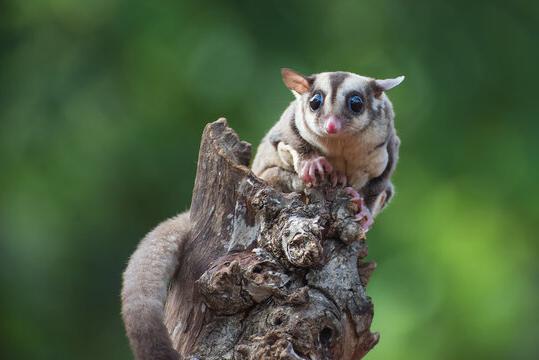
Space for Jumping and Climbing
For the health and happiness of your sugar glider, it’s crucial to provide them with ample space to jump and climb around their habitat. They will want to leap from one branch to another and explore every corner. Visit your pet store to purchase items to enhance their habitat and encourage them to stay active.
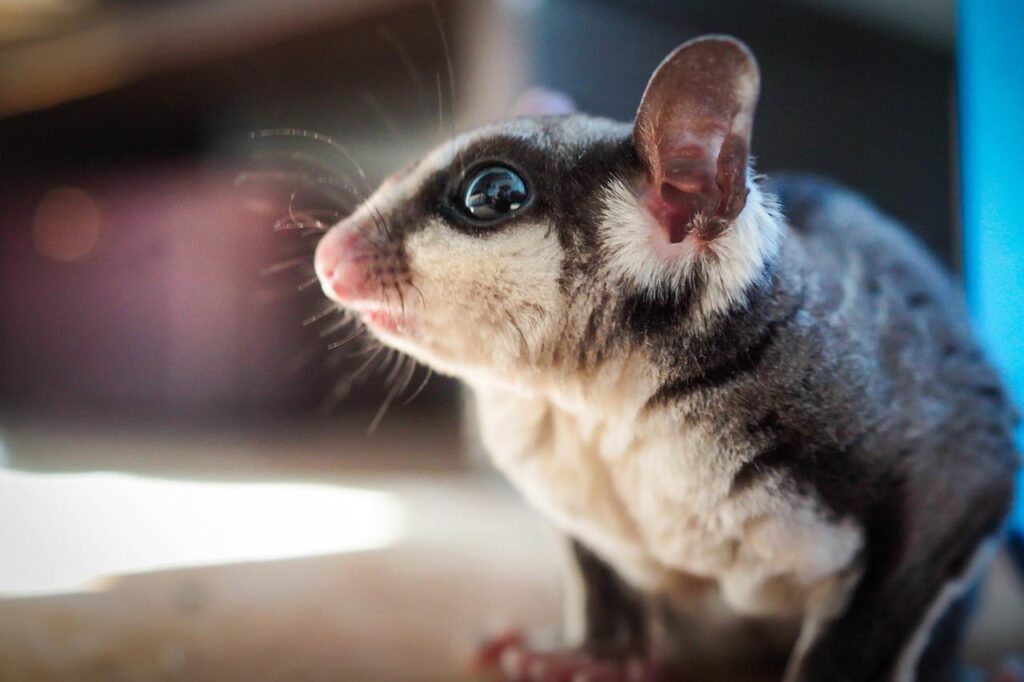
What Toys Do Sugar Gliders Like?
As mentioned earlier, sugar gliders are very active, so they need plenty of toys to keep them busy. While it might be hard to find toys specifically designed for sugar gliders, those made for larger parrot species can work well.
Sugar gliders also love swings and even heavy-duty rope toys, which allow them to play and exercise.
By understanding the needs of your sugar glider and providing them with the right environment, you can ensure a happy and healthy life for your new pet!







